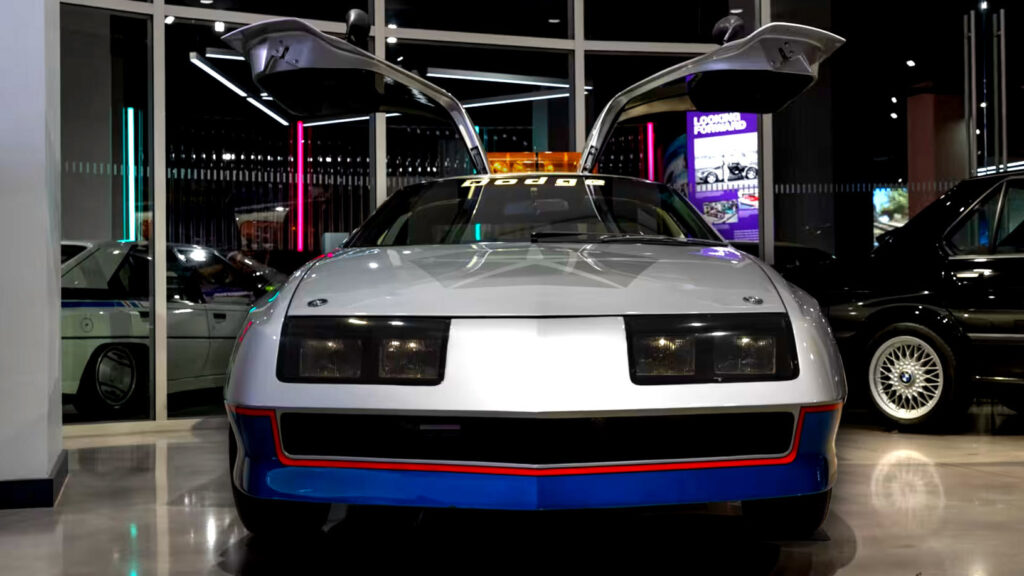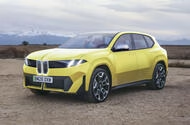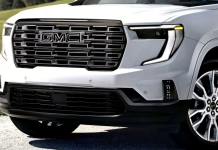Amazon Expands Into Used Cars With Easy Returns and Nationwide Dealer Listings

Mercedes Reinvents the GLC with a Bold Electric Makeover and Iconic Grille Revival
BMW Unveils Next-Gen iX3 Electric SUV With Record Range and Revolutionary Tech
 New electric SUV will be revealed in September as the first of the German firm's Neue Klasse models
New electric SUV will be revealed in September as the first of the German firm's Neue Klasse models
The next era of BMW will begin in September with the arrival of the first Neue Klasse electric car: the iX3 SUV.
Confirmed to be revealed at the Munich motor show ahead of sales starting early next year, the SUV - which we've already driven in protoype form - marks major milestones for BMW, as it introduces advanced underpinnings and a design that will be adopted across the rest of the brand.
It will go up against the forthcoming electric Mercedes-Benz GLC – a car that will also be revealed at Munich. The pair will fight for a foothold in Europe’s most hotly contested new car segment in a bid to increase EV sales in the face of tightening emissions regulations.
The new iX3 will be followed soon after by an electric BMW 3 Series saloon, although a date for this unveiling has yet to be confirmed.
Previewed last year by the bold Neue Klasse Vision X concept, the second-generation iX3 will be sold alongside the current, fourth-generation petrol X3 and sit on the all-new Neue Klasse architecture.
As a result, the new iX3 will have slimmer batteries, more efficient motors and clever technology that BMW claims will be a “quantum leap forward” from today’s electric offerings.
The size of its nickel-manganese-cobalt pack – which features new cylindrical cells – has yet to be disclosed, but BMW said the iX3 will offer a range of 497 miles – 210 miles more than the first-generation iX3.
That would make the new iX3 Britain’s longest-range EV, going even farther than the new Mercedes-Benz CLA EQ saloon, which currently tops the charts at 484 miles.

An 800V electrical architecture will mean the iX3's battery will also be able to charge at up to 400kW, enabling a 218-mile top-up in just 10 minutes from suitable chargers.
Two powertrains will be available when the iX3 arrives in the UK early next year: a single-motor, rear-wheel-drive one and a dual-motor, four-wheel drive one that can deliver up to 402bhp.
The second-generation iX3 also receives a new computing system that is 10 times faster than the network of chips in current BMWs.
In addition, to maximise interior space within this set-up and to keep vehicle height as low as possible to aid aerodynamics, BMW will unusually bolt the front seats directly to the pack – another first for the firm.
Visually, the new iX3 will draw on the original Neue Klasse models from the 1960s and return to small kidney grilles rather than the bolder, more expansive front ends that adorn the likes of the iX.
The double-kidney grille will divide a large, gloss black panel on the iX3’s front end – similar in style to the Vizor found on Vauxhalls. The panel is likely to conceal the sensors and cameras required by the latest generation of driver assistance systems.
The rest of the car will feature a boxier, more chiselled look than today’s models, with angled lights front and rear, plus a rear light bar. The reinvention continues inside the iX3, which will be the fi rst car to employ BMW’s new iDrive X system.
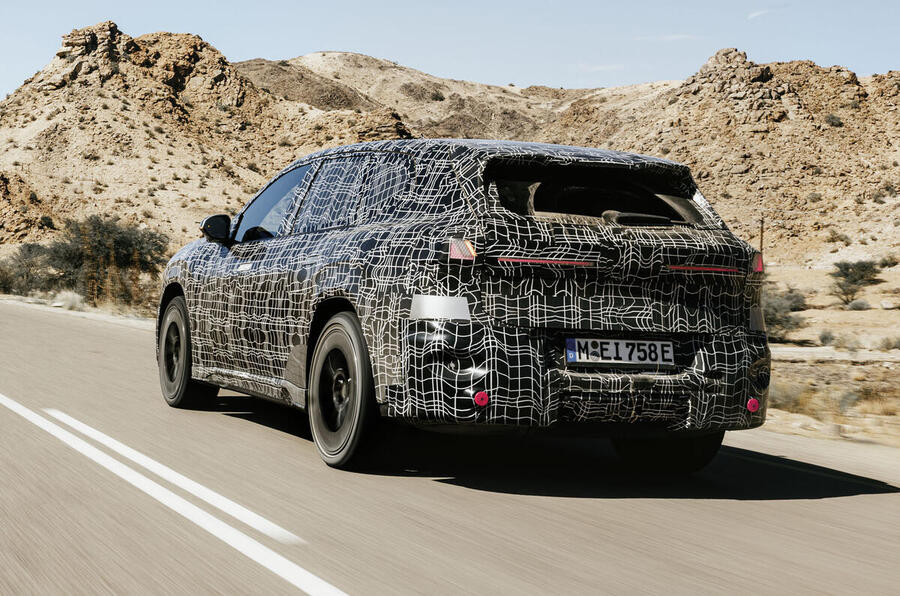
Previewed earlier this year, this comprises a large, sloped central infotainment screen, above which a head-up display spans the entire width of the dashboard.
Traditional buttons are out, with BMW claiming the new set-up allows it to offer more complex and varied options, which can be updated over the air during the car’s life.
In place of buttons are toolbars and customisable widgets on the touchscreen, as well as voice control that is said to be more intuitive than today’s set-up.
The steering wheel has been redeveloped as well. Its design moves from three spokes to four but it retains haptic buttons for important functions such as cruise control.
Christian Bauer, BMW vice-president of user interface design, told Autocar earlier this year: “Our slogan is ‘eyes on the road and hands on the wheel’, which means everything has to be in a perfect situation."
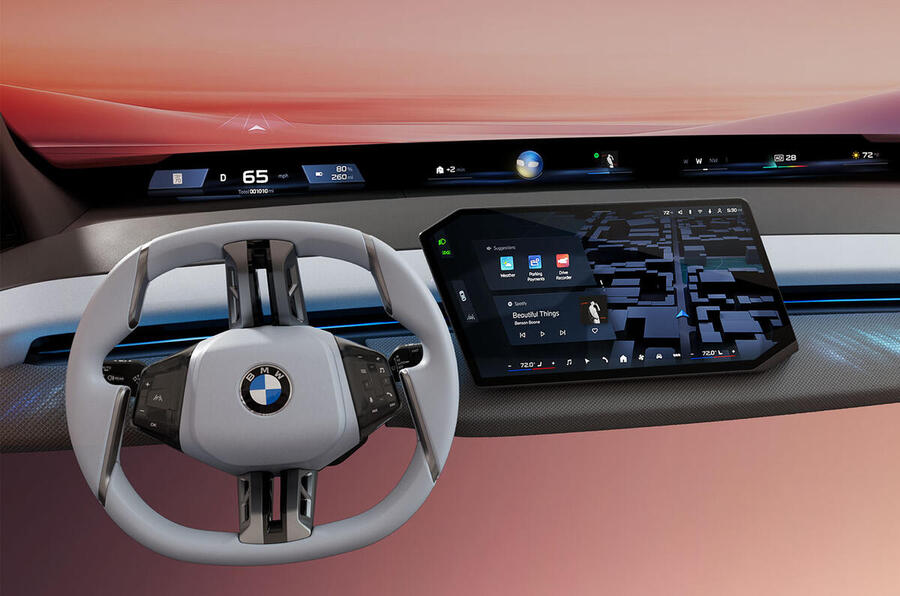
GMC Acadia Denali Ultimate Aims High With Luxury Features and Premium Price Tag
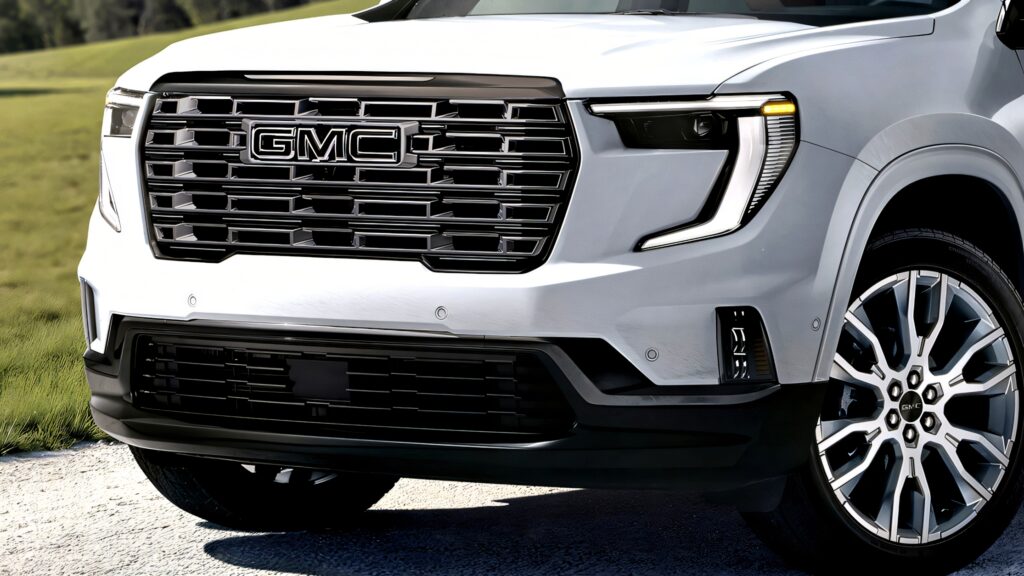
Build Your Own Dream: Bugatti Centodieci Arrives as an Affordable Lego Collectible

Giorgetto Giugiaro Reflects on Life and the Value of Modern Safety After Surviving Major...

Genesis GV90 Unveiled: Flagship Electric SUV Blends Luxury, Innovation, and Rolls-Royce Style Doors
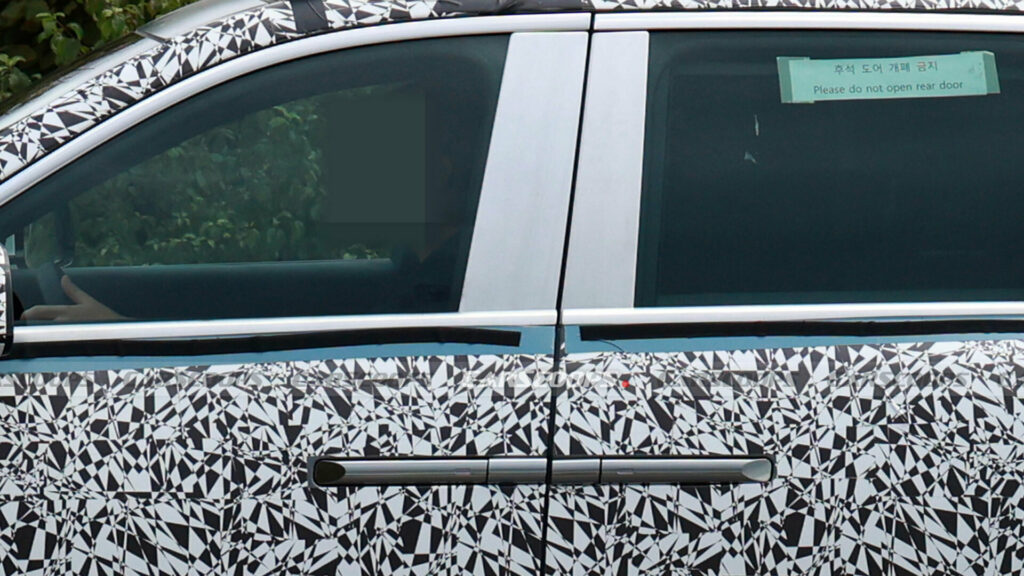
Chaos at the Ballpark as Food Shortages Leave Fans Hungry

Six Citroën Electric Cars Now Eligible for UK Government Grant Making EV Ownership More...
 The UK government grant will be automatically applied to the sale price of the eligible EVs
The UK government grant will be automatically applied to the sale price of the eligible EVs
The first cars to receive the UK government’s new Electric Car Grant (ECG) have been revealed – and one is already one of the cheapest EVs on the market.
The six have been deemed eligible for the £1500 grant (the lesser of the two) and all come from French manufacturer Citroën. They are the ë-C3, ë-C3 Aircross, ë-C4, ë-C4 X, ë-Berlingo and new ë-C5 Aircross.
In the case of the ë-C3, the ECG reduces the starting price to £20,595, which drops it below rivals such at the £21,035 Fiat Grande Panda Elettrica and the £21,950 BYD Dolphin Surf Boost (the bigger-battery version).
Only the smaller-battery Dolphin Surf Active (£18,650), Hyundai Inster (£19,755) and Leapmotor T03 (£14,495) offer a cheaper way into a new electric car in the UK, although the T03 offers 50 fewer miles of range.
Meanwhile, the ë-C3 Aircross now starts at £21,595; the ë-C4 at £26,150; the ë-C4 X at £27,215; the ë-Berlingo at £29,740; and the ë-C5 Aircross at £32,565.
Unlike with the previous Plug-in Car Grant (PiCG), buyers don't need to register for the discount; the ECG is automatically applied to the sale price of the eligible EVs.
The government said details of other models to receive the grant – which is backed by £650 million of taxpayer funding – are expected to be released in the coming days and weeks.
Transport secretary Heidi Alexander said: “This summer, we’re making owning an electric car cheaper, easier and a reality for thousands more people across the UK.”
Greg Taylor, MD of Citroën UK, said: "We welcome the support of the Electric Car Grant and are delighted to be the first to have our electric range approved and eligible.”
To qualify for the grant, car manufacturers must meet science-backed emissions targets, while the individual model lines must start at below £37,000 in entry-level trim.
Which discount a model receives (£1500 or £3750) is determined by their environmental impact: how much CO2 is emitted in an EV's production and assessing the energy used in vehicle assembly as well as battery manufacturing. Threshold levels have yet to be made public.
While any manufacturer can apply for their car to be included in the scheme, it's thought that, due to this criteria, cars produced in Asian countries will not be eligible for the ECG.
Consequently some have launched their own equivalent discounts, such as Hyundai and Leapmotor on the Inster and T03.
Worries about manipulation of the scheme have already been raised. For instance, sources have revealed to Autocar that car makers will be able to self-register EVs to receive the ECG.
Rare Dodge Turbo Charger Concept Headlines Massive Museum Auction
